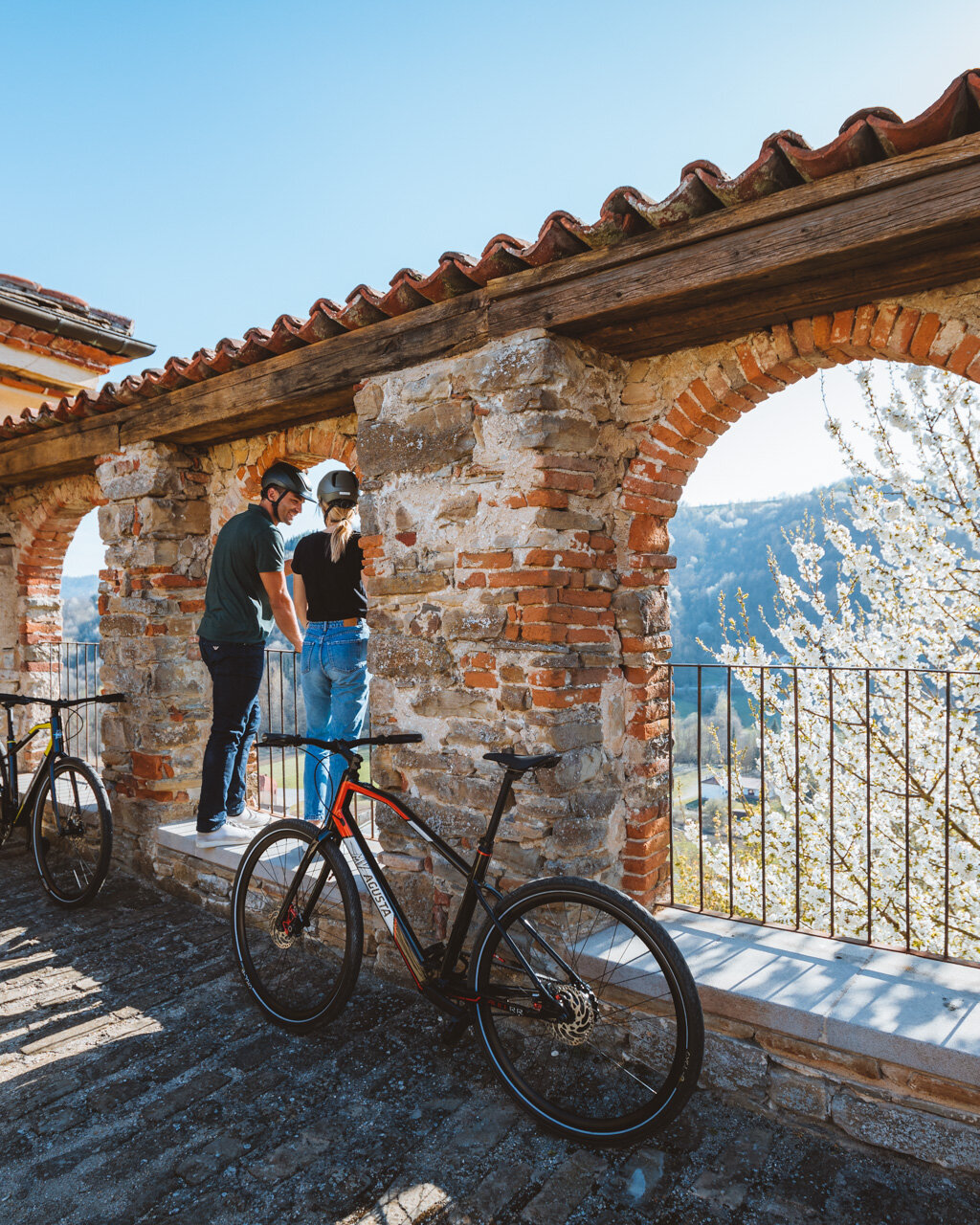EC Regulation 110/2008 of the European Union identifies the grappa produced exclusively as Italian, which defines it as a brandy made from the marc (i.e. from the skins of the grapes once they are separated from the must or wine) obtained from grapes produced and vinified in Italy and distilled in wineries located in Italy. Marc brandies obtained in other European countries can not carry the label "grappa", but use other protected traditional names. This curious name probably derives from "graspa", a term used mainly in Triveneto that means "branch of grapes." The production of brandy in Italy can be traced back to the year 1000 when the School of Salerno codified the rules of concentration through distillation and prescribed grappa to treat some illnesses. The term marc, and specifically its "spirit" or sap, has been used instead since the 1400s, although the first evidence on the study of their distillation date back to the 1600s, by the Jesuits. It will be only around the end of the eighteenth century, with the introduction of the first steam alambics that the real revolution of the distillation techniques takes place, giving the grappa its own product identity and contributing to making it more and more widespread and appreciated, especially in northern Italy. A further boost of production and distribution of grappa in our country is owed to the Florentine Baglioni, who in 1813 designed the distillation column, able to concentrate in a single operation the spirits and to correct some imperfections. Depending on the distillation it is possible to distinguish between single-variety grappa (the pomace used if all originate from a single quality of grapes) and mixed grappa (containing different percentages of several varieties of grape pomace). Depending on the refinement or processing following distillation, the grappa can be young (unaged); aromatic (derived from aromatic grapes, for example Moscato); aged (minimum 12 months in wooden barrels); aged riserva or stravecchia (minimum 18 months in wooden barrels) or flavoured (with the addition of natural flavourings, such as herbs, roots or fruit). Aside from the distillation techniques used, the key to determine the flavour of grappa is the master distiller, real author of spirits, so much that often it is more difficult to recognise the grape variety from which it is made than the hand of those who produced Current laws allow producers to mention the master distiller and the alambic used on the label, which together form a key combination for the characterisation of grappa.
vinacce ottenute da uve prodotte e vinificate in Italia


